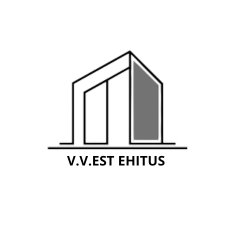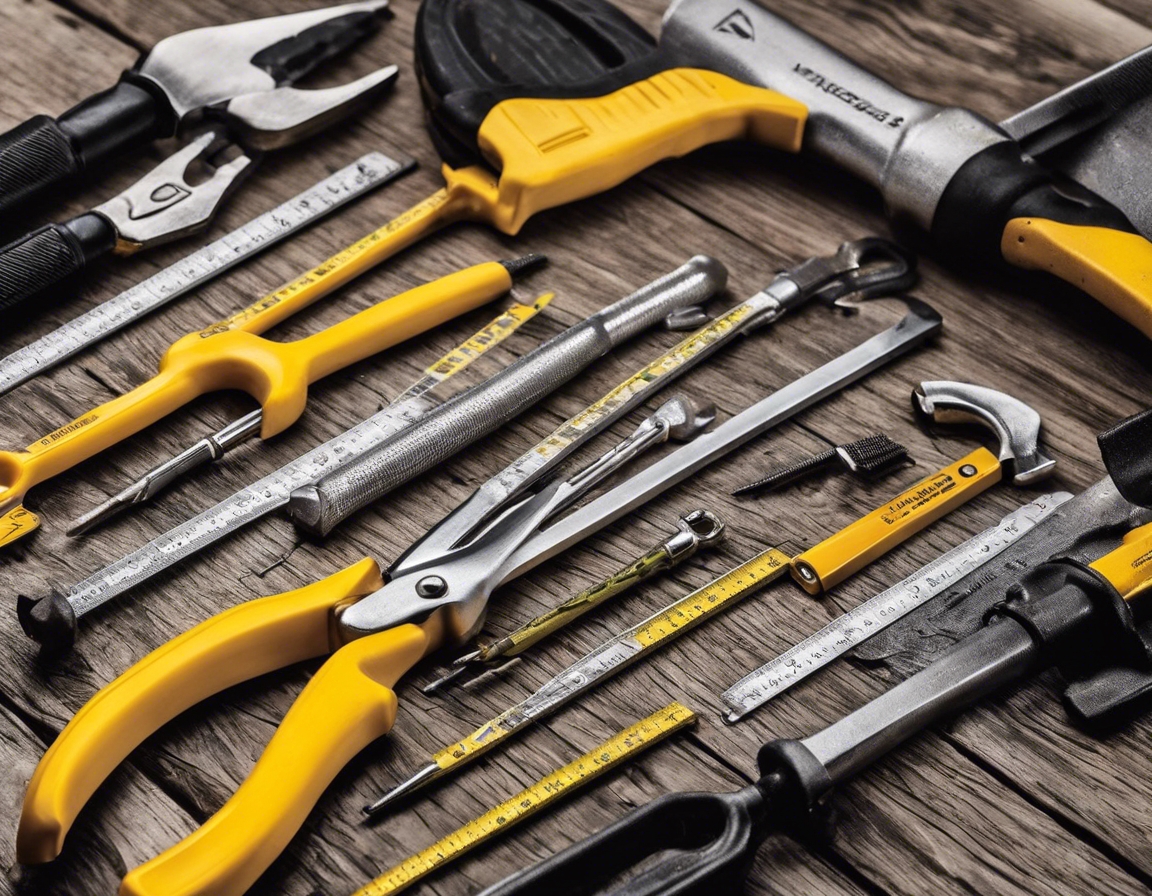5 trends shaping the future of housing construction
The landscape of housing construction is evolving rapidly, influenced by technological advancements, environmental concerns, and changing lifestyles. As a leading construction company, V.V.EST EHITUS OÜ is at the forefront of adopting these trends to meet the needs of our discerning clients.
1. Sustainable and Eco-Friendly Building Practices
Environmentally responsible construction begins with the selection of sustainable materials. These include recycled, renewable, or low-impact resources that reduce the ecological footprint of a new home.
Modern homes are increasingly designed to be energy-efficient, with features like high-performance insulation, energy-efficient windows, and smart thermostats. Additionally, the integration of renewable energy sources such as solar panels is becoming commonplace.
Water-efficient fixtures, rainwater harvesting systems, and drought-resistant landscaping are essential components of sustainable housing construction, helping to conserve water resources.
2. Smart Home Technology Integration
Smart homes are equipped with technology that automates tasks, enhances comfort, and provides seamless connectivity. This includes advanced HVAC systems, lighting controls, and home automation systems that can be managed remotely.
With the integration of smart security systems, homeowners can enjoy peace of mind, knowing their homes are protected against intruders and environmental threats. Smart appliances also contribute to energy efficiency and cost savings.
Health-focused technology, such as air and water quality monitors and circadian lighting systems, is being incorporated into homes to support the well-being of residents.
3. Prefabrication and Modular Construction
Prefabrication and modular construction techniques allow for building components to be manufactured off-site and assembled on-site, leading to higher quality control and faster construction times.
Despite the pre-built nature of these components, there is still ample room for customization to suit individual preferences and site-specific requirements.
These methods not only speed up the construction process but also significantly reduce on-site waste, contributing to a more sustainable building practice.
4. Urban Density and Mixed-Use Developments
As urban populations grow, there is a trend towards building upward and creating high-density housing solutions that make efficient use of limited space.
Mixed-use developments that combine living, working, and recreational spaces are becoming more popular, fostering vibrant, multi-functional communities.
These developments are often designed with walkability in mind, encouraging a sense of community and reducing the reliance on vehicles.
5. Resilience and Adaptability in Design
Construction designs are increasingly taking into account the need to withstand extreme weather events and natural disasters, incorporating features like storm-resistant materials and elevated structures.
Homes are being designed with flexible spaces that can adapt to changing family needs, such as home offices, multi-generational living arrangements, and spaces that can easily be repurposed.
There is a growing trend towards the adaptive reuse of buildings, transforming existing structures into modern, functional homes while preserving historical and architectural significance.






Comments (0)